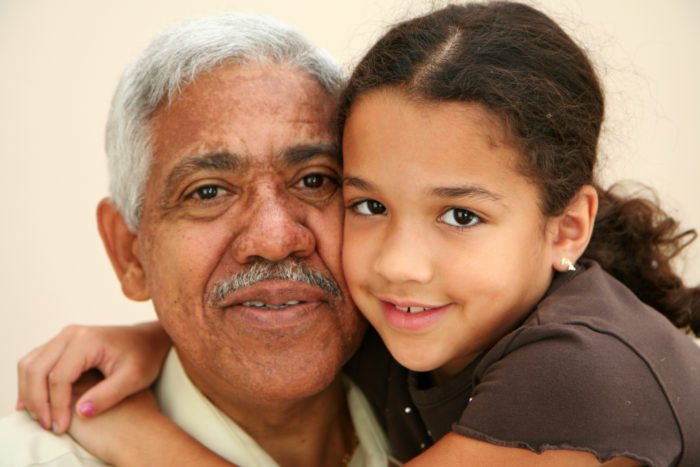The COVID-19 pandemic has driven down the life expectancy of the average American, new data shows. And communities of color are seeing the biggest decline.

During the first half of 2020 alone, average life expectancy fell by one year, marking the biggest drop since World War II. Researchers expect that figure to rise.
For communities of color, the dip was especially severe. Latino Americans’ life expectancy dropped by nearly two years, while Black Americans’ life expectancy dropped by more than two and a half years. The discrepancy widened the gap in life expectancy between whites and communities of color, which had been steadily narrowing until 2020.
The startling statistics underscore the disproportionate impact of COVID-19 on communities of color. Black Americans are 37% more likely than whites to die from COVID-19, while Latinos are 16% more likely.
The trends also highlight the impact of ongoing health disparities. Black Americans are more likely to die of heart disease, for example, than whites. This holds true even when comparing members of the middle and upper classes, demonstrating that socioeconomic status alone cannot explain the discrepancy.
Disparities extend beyond disease burden. They affect access to health care, too, as evidenced by the fact that Latinos are two and a half times more likely to be uninsured than whites.
Radical differences such as these reinforce the need to address disparities at a policy level. Recent efforts include:
- Reopening the federal marketplace. This will allow millions of uninsured people to enroll in a private insurance plan of their choice.
- Introducing federal legislation to address health inequities. If passed, the Black Maternal Health Momnibus Act of 2021 will fund organizations and governments working to improve maternal health outcomes for minorities and enhance training on bias, racism and discrimination in maternity care settings.
The effects of COVID-19 could take generations to overcome. But policymakers have the opportunity to make adjustments, to course correct and curb the harm befalling communities of color.

